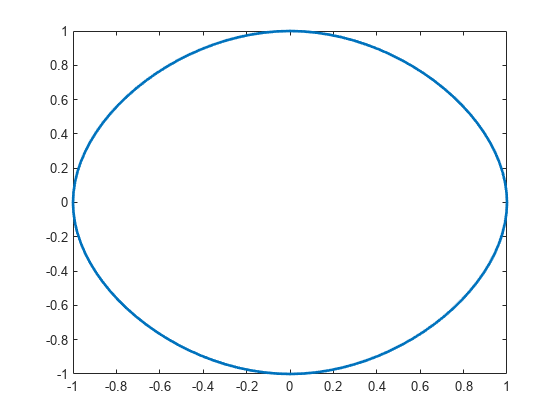cscvn
“Natural” or periodic interpolating cubic spline curve
Syntax
Description
curve = cscvn(points)
If the first and last point coincide and there are no other repeated points) then the function constructs a periodic cubic spline curve. However, double points result in corners.
Examples
Input Arguments
Output Arguments
Algorithms
cscvn determines the break sequence t as
where tk is the element at position k in t, 1 ≤ k ≤ n–1, and p is the transpose of the d-by-n matrix points. If points contains repeated points, cscvn uses csape with periodic or variational end conditions to create the smooth pieces. cscvn returns the break sequence t in the breaks field of the curve output argument.
References
[1] E. T. Y. Lee. “Choosing nodes in parametric curve interpolation.” Computer-Aided Design 21 (1989), 363–370.
Version History
Introduced in R2006b



